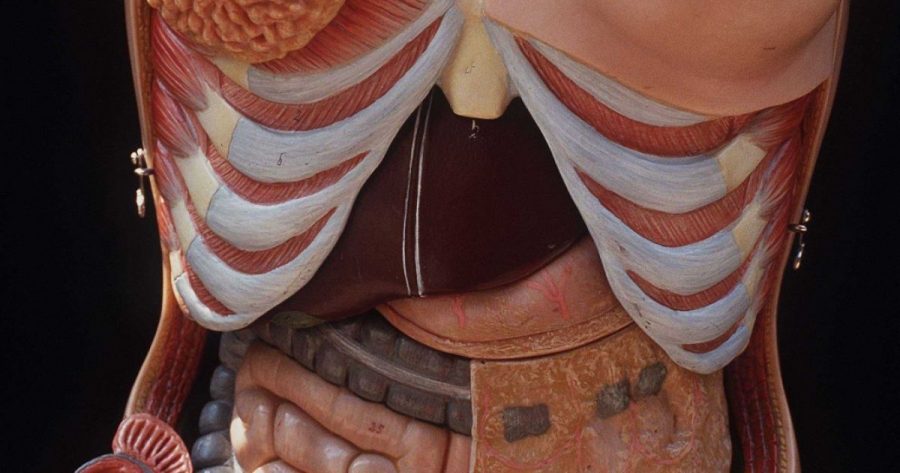Surprise! Humans May Have Another Bodily Organ
As the human body is extremely complicated, it is no surprise that we have not cracked every code. In fact, researchers are constantly finding new mechanisms by which our cells function, our muscles move, and our immune systems work. In a report published recently in the journal Scientific Reports, doctors have further identified what they think could be a previously unrecognized human organ.
“The interstitium or interstitial space is a tissue layer that one finds below the surface of the skin and along the digestive tract, the lungs and the lungs urinary tract, around the arteries and veins and between the muscles,” explains the Scientific Reports article. There will have to be further studies as adding a new organ to the books takes far more research than just one report.
Just as the skin covers the entirety of the body on the outside, the interstitium wraps around the organs inside the body. It is not simply a layer of connective tissue, as it typically has fewer cells and is constructed of various cartilage and other fibers. When researchers composed their study in closer detail, they examined that between the spread out cells were an assortment of fluid filled sacs. A series of strong, flexible tissue connect all of these sacs together, which is why researchers had assumed it was only connective tissue.
This intricate formation was missed due to the process of examining tissue. When tissue samples are looked at under a microscope to diagnose certain diseases, pathologists would prepare the slides by slicing them very thin and dyeing them various colors. These colors allow the pathologists to identify cell changes that may indicate a number of diseases. In the process, the fluid is removed from the sample, which is why it looks identical to connective tissue.
Research had initially begun in 2014 when two endoscopists and gastroenterology experts, Petros Benias and David Carr-Locke, were using a newer imaging technology to examine a patient’s bile duct at Mount Sinai Beth Israel Hospital in Manhattan. “Several things happen to a surgical specimen when you take it out of the body. It completely structurally changes, and all the water is lost,” Benias explained. Soon after, a new process came to be for researchers to simplify visualization of the tissue. By using confocal laser endomicroscopy, a low-powered laser was focused on a specific area of the body, where it then created a 3D digital reconstruction of the body part.
It is important to allow this to be named an organ as more research could be directed towards it, and it could help researchers figure out mechanisms in the human body that are still not fully understood. For example, the network might be an unidentified route that cancer cells travel. If scientists can understand how this process works, they might be able to stop or prevent it. “We have never understood the mechanism of how that happens,” said Dr. Neil Theise, a pathologist and professor at the New York University School of Medicine. “Now we have the ability. If we figure out the mechanism, we can figure out how to interfere with it.” Overall, the interstitium could change the way doctors treat cancers and other diseases in the future.









